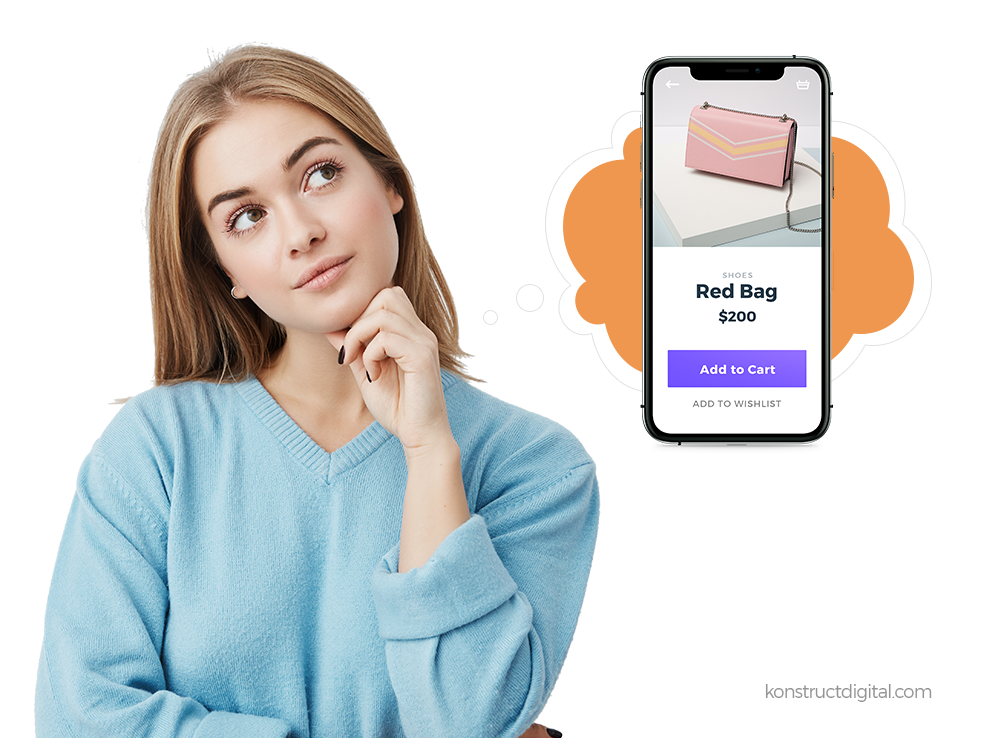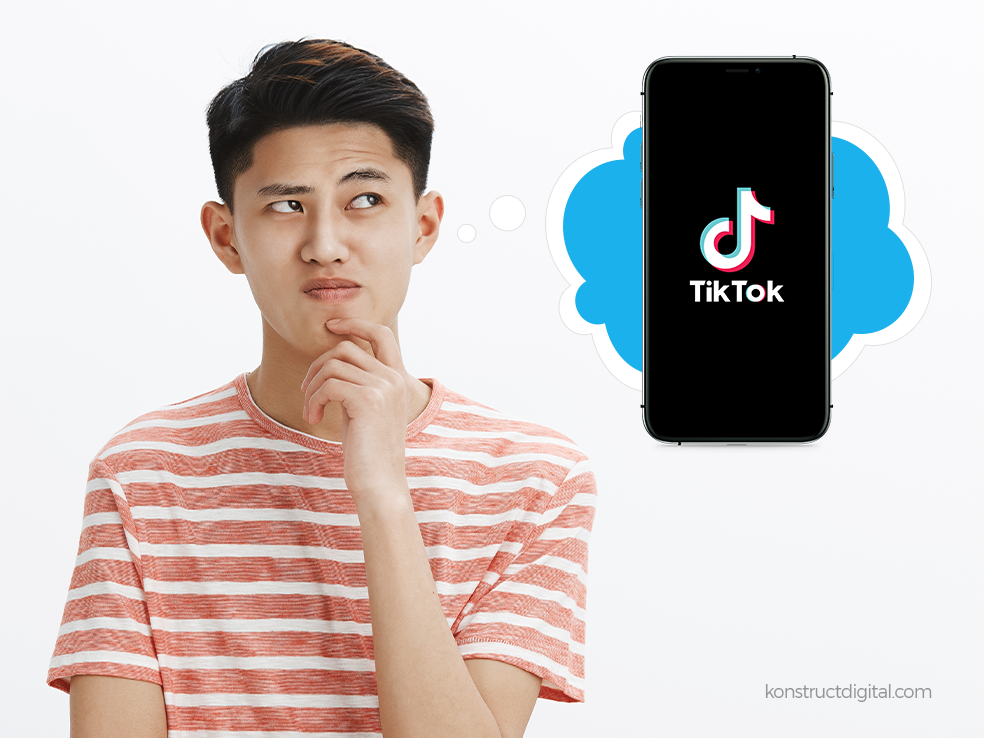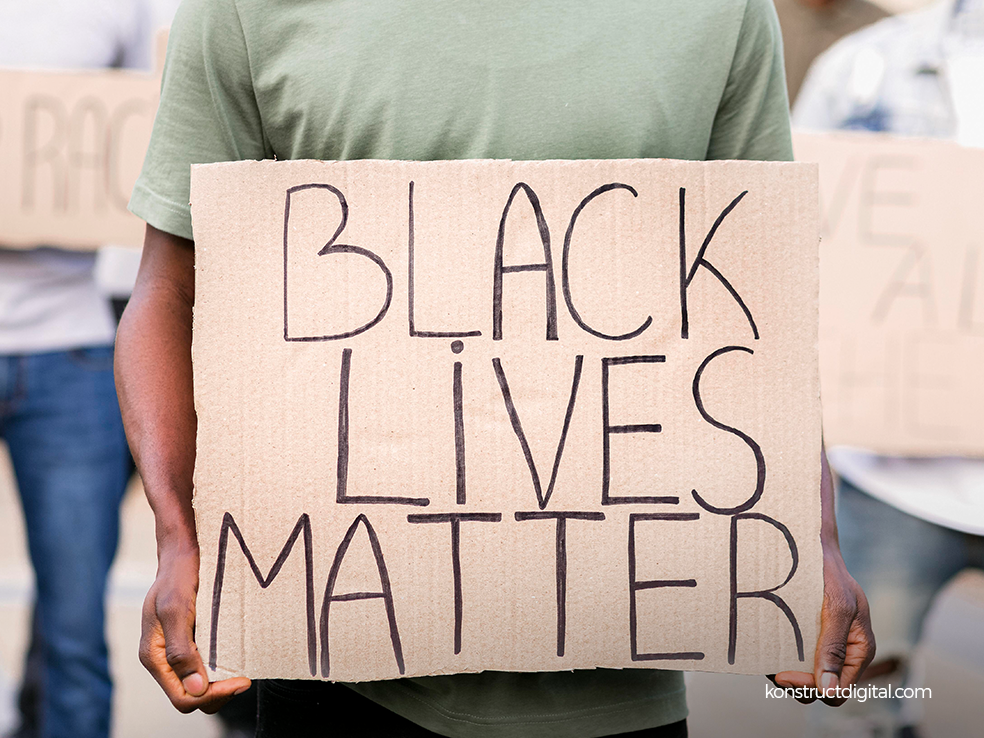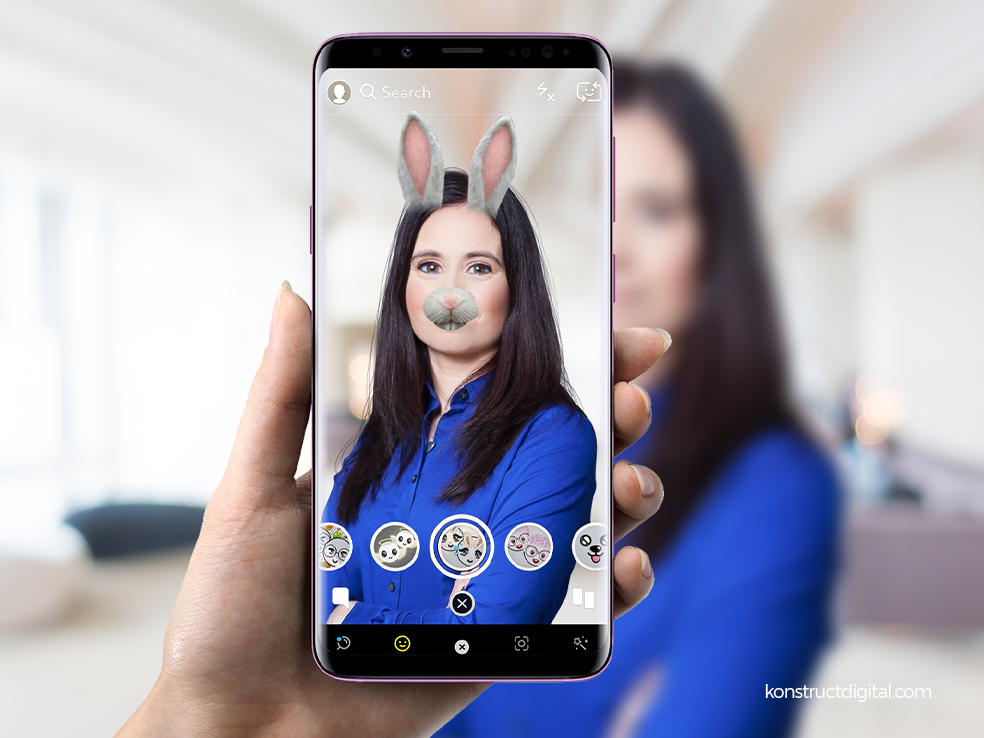Well, 2020 was quite the year. Never before has the dumpster fire emoji been so appropriate. Nor has it ever been so popular. In fact, the dumpster fire emoji was in the top ten most used emojis last year. No Joke!
Dumpster fire emoji popularity aside, there were other surprising trends in 2020 that we couldn’t have predicted. Such as the rise of the wine-mom on TikTok, the popularity of Watch Parties and online concerts (thanks KISS!), and homeschooling memes.
No doubt this was likely a result of COVID-19, which drastically impacted our lives, and ended our social lives as we knew it. We were forced to socialize online and connect through apps and social media.
And yet, even with monumental shifts in our lives and radical changes in how we socialize, there were still some trends we did see coming. In the early days of COVID-19, when working from home was still a novelty and our kids were not yet totally bored of staying at home, we at Konstruct shared our predictions for the future of social media in 2020. And I am proud to say, we did pretty well!
Psst… we also recently shared our 2021 social media predictions. Check them out after you read this!
Social Commerce Expanded

We predicted that in 2020 shopping through social platforms would grow, and boy were we right!
Online shopping grew last year, and at a higher rate than expected. The pandemic expedited the trend towards online shopping, with US e-commerce now expected to hit $1 billion in 2022!
Social commerce definitely benefited from this trend as well, with the number of US social commerce buyers jumping 25.2% to 80.1 million in 2020. Social platforms such as Facebook and TikTok positioned themselves with their recent updates to take advantage of this growth. In 2020 Instagram introduced new checkout features that made it easier to sell products through the app. TikTok partnered with Shopify, making it easier for Shopify merchants to sell their products on TikTok.
Video Content Will Be King

We didn’t predict the popularity of Tiger King, but we did know 2020 would be a great year for video content. And like most trends, COVID-19 only accelerated this trend. In 2020, Google reported that watch time for live content was up 250%!
The most talked-about video content was shared on TikTok, with the wine-moms skyrocketing in popularity, and Blinding Lights dance routines taking the main stage. But it wasn’t just moms and family dance routines that were getting the most likes, brands were jumping on and garnering lots of attention as well. Popular brands such as Gym Shark, Red Bull, Lush Cosmetics, and Crocs are building their brand with silly memes, fun dances, and product features.
TikTok wasn’t the only platform brands are using to share their message and culture. In 2020, we saw stories roll out to every major social platform, with Twitter fleets, LinkedIn Stories, and Pinterest Story Pins all making their debut. It’s never been easier to add your video content to the platform that your customers and clients use most.
Social Platform Homogeneity

In the past, as new social platforms emerged, they each offered their own unique functionality. Facebook made connecting with people easy, Instagram’s strength was its focus on imagery over text, and Twitter made swift, snappy commentary simple. Additionally, SnapChat introduced ephemeral content and stickers, and Tik Tok took the internet by storm with short form video content.
Social platforms may have started out offering unique features and functionalities, but as they recognize each other’s strengths, they have begun to copy those features. Most of the functionalities of all of the most popular social platforms converged last year.
In 2020 we predicted that Social media platforms would move more towards homogeneity, not just in function, but also in their business model. We predicted that each platform would continue to move closer to the pay-to-play model, and each would limit organic reach. While content still matters, and great content can get great organic results, there is little doubt that if you want greater reach and higher engagement on any platform you are going to have to shell out the dolla dolla bills to reach a wider audience.
Noteworthy Trends in 2020
Yes, 2020 is over. And maybe gratefully so. The pandemic, with its stay-at-home orders and business closures, fundamentally changed the way we communicate, the way we shop, and the way we do business. It also changed how we use social media. For the most part, a lot of those changes are here to stay. So, don’t retire that dumpster fire emoji just yet! Here are some trends that started in 2020 that we are going to continue to see.
Impact of Social Movements and Politics

Social media is primarily a communication tool. It is used to disseminate information quickly and efficiently to a broad audience. We witnessed the power of social media as a communication tool this past summer and through the fall as movements, protests, and political groups flooded our feeds.
The communication across all platforms and channels was used to motivate, inspire and call people to action. They were also used for more nefarious purposes of spreading disinformation, anger, and hate. Each platform responded to this trend in its own unique way.
In 2020, we saw an increase in users, people, and politicians demanding more accountability by the platforms for what was being published on their platform. We saw Twitter and Facebook begin to censor posts, putting warnings on other posts and outright banning some users. Pinterest recently limited search results related to vaccines and other topics where disinformation was common, and TikTok also began taking more responsibility for what was posted on its platform by expanding its ban to all content or accounts that promote videos that violate their disinformation policies.
This demand for accountability, and for platforms to be more responsible for what is published on their platforms will continue into 2021. As marketers, we will need to be aware of how this is going to impact our ads and our messages on these platforms. The rules for what will be allowed will ebb and flow, and ad copy that was approved one day, may not be allowed on another day. It will be important to monitor the discussion and follow the sentiment of our audience.
Brands Became Broadcasters

Millions of businesses’ doors were slammed shut in 2020 due to COVID-19 restrictions. Our malls became ghost towns, and our gyms fell silent. Business owners had to pivot quickly in order to stay afloat!
To reach their customers, and gain new ones, businesses moved online and started using video to deliver their products. Fitness studios began offering online classes through their YouTube channel, craft stores were doing DYI videos and selling the kits through Instagram and Pinterest, and retailers were live-streaming the launch of new collections across their social media channels.
Brands also used social media to share their brand story, and build connections and loyalty with their customers. Today, customers want to know the story behind the brand, and they want to connect with brands on a human level. Customers want to know why the brand exists and why it matters, and they want to know where the brand stands on humanitarian issues.
Ben & Jerry’s is a great example of this. They are a socially conscious business and make ethical choices to drive their business decisions. The company created videos to tell the “why” of the brand’s story and mission and shared how their values drive their business.
Stories and Ephemeral Content Will Continue to Grow

Stories are a form of ephemeral content which was first introduced by Snapchat. Just like all good things, they have been copied widely. Now ephemeral content and stories can be found on nearly every social media platform.
Instagram stories have 500 million users every day, and according to a recent report by Hootsuite, 64% of marketers have either already incorporated Instagram Stories into their strategies or plan to this year.
Today, people have a shorter attention span, and they want easy-to-digest content that they can scroll through quickly. Ephemeral content meets this desire and makes it easy for users to learn more about your brand and product without losing attention.
Stories have become even more attractive, and addictive, with new interactive features. Brands can add polls, questions, and quizzes to their story content, making it easy for their audience to engage with them. It’s a simple way to connect with your audience and get them involved in your brand.
Stories and ephemeral content are here to stay, and as brands increase their use of social media to sell their products, the production of this short-form video content will continue to grow.
Social Media in 2021
As marketers, we have been through a wild ride this past year. Not only has the way our audience uses and engages with social media changed, but the way they shop, socialize, and communicate has been altered radically.
Although we can’t say for sure what the next year holds for small and large businesses alike, we know that for many brands, social media is an integral part of your marketing and communications strategy. Take a look at our recent article for some insider insight on the predicted social media trends in 2021. If you need help growing your business in the ever-changing social media landscape, reach out to our social media experts at Konstruct Digital today!
Need help with B2B Content?
Learn more about Konstruct's B2B Content Services
More B2B Content Resources
- Should You Replace Your Content Marketer with AI? Maybe…
- LinkedIn B2B Marketing Examples That Made Us Say, “$h!t, I wish I thought of that!”
- 9 B2B Social Media Dos and Don’ts That’ll Change Your Social Game
- Stop Snoozing on These 7 B2B Content Marketing Trends
- B2B Marketing Copywriting: 10 Tips for Writing Persuasive Copy for Today’s B2B Buyers
- 9 Wow-Worthy B2B Content Marketing Examples To Inspire Your Content Strategy
- 8 Irrefutable B2B Social Media Marketing Benefits
- The Proven Formula for a Rock-Solid LinkedIn Content Strategy
- Content Marketing Statistics: The Facts You Can’t Afford to Ignore
- 999,999 Tips for Creating On-Brand SEO Content
